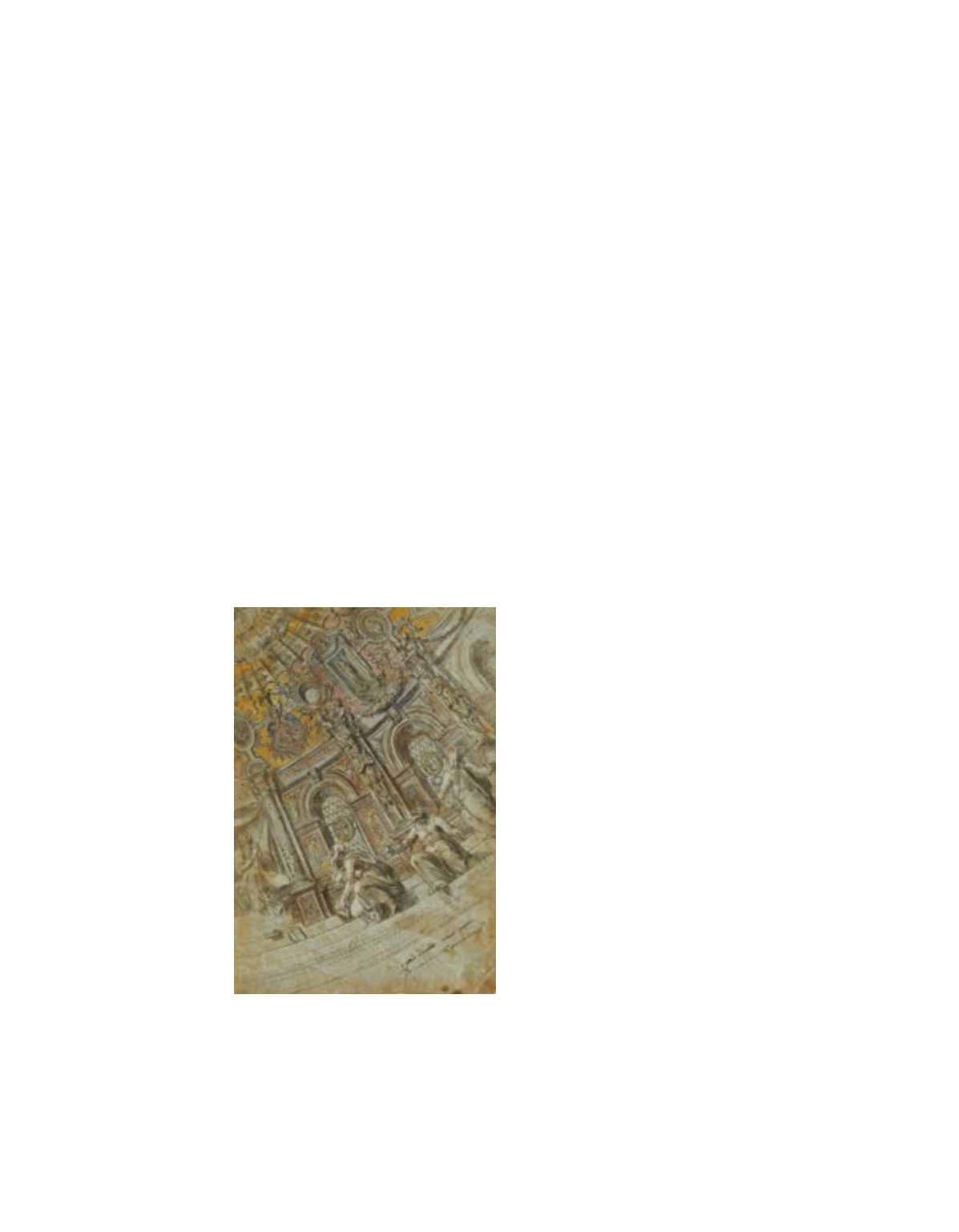

177
“
The central idea behind Scheiner’s pantograph is the use of a parallelogram of levers for the proportional
enlargement and diminution of a flat image. As such, it provided the basis for the pantograph today.
Mounted vertically it could also serve as a perspective machine... The pantograph is less mechanically elegant
than Cigoli’s perspectograph, bus possesses the operational advantage that the relative size of the image
as transcribed by the draftsman’s hand can be adjusted at will without altering the distance between the
viewer’s eye and the intersection
” (Kemp).
Papier bruni et trace de mouillure en marge, petit trou de vers.
Provenance : Kriegs Karten Hauptamt des O[berkommando] d[es] H[eeres] (cachets humides dont des
Swastikas sur les 4 premiers feuillets) - Arnaud de Vitry (ex-libris, ne figure pas dans la vente de 2002).
First edition of Scheiner’s treatise on the invention of the pantograph, an instrument for making an
enlarged, exact or reduced copy of any design in a plane. Scheiner describes the instrument’s invention
in 1603, how it is constructed and how it can be applied to measurement in such fields as astronomy,
architecture, military and naval engineering, painting, sculpture and map projection.
321
SCHEPPERS, Jan.
Dessin pour la décoration d’une coupole.
[vers la fin du XVI
e
siècle].
Un feuille
de papier bleuté in-folio (402 x 279 mm) dessin au crayon, encre brune, colorié et rehaussé en blanc.
800 / 1 000
€
Dessin signé à l’encre brune “
Jo Paolo Schepper mano proprio / jo p. Petropaulo... di santi severino manu
pp.
io
”. Jan Scheppers, appelé Giovanni Fiammingo fut actif vers la fin du XVI
e
siècle. Né à Anvers il
s’installa à Perugia où il devint citoyen en 1579. Il est notamment connu pour ces travaux effectués à
Perugia à l’église Saint Pierre.
Monté sur une grande feuille, collé aux angles.
Provenance : vente Christie’s New York (étiquette au verso, lot 104).
Born in Antwerp, Scheppers settled in Perugia, where he became citizen in 1579. Working mainly for
churches in Umbria, frescoes by Scheppers survive in the Palazzo Communale and in S. Pietro (Perugia).


















